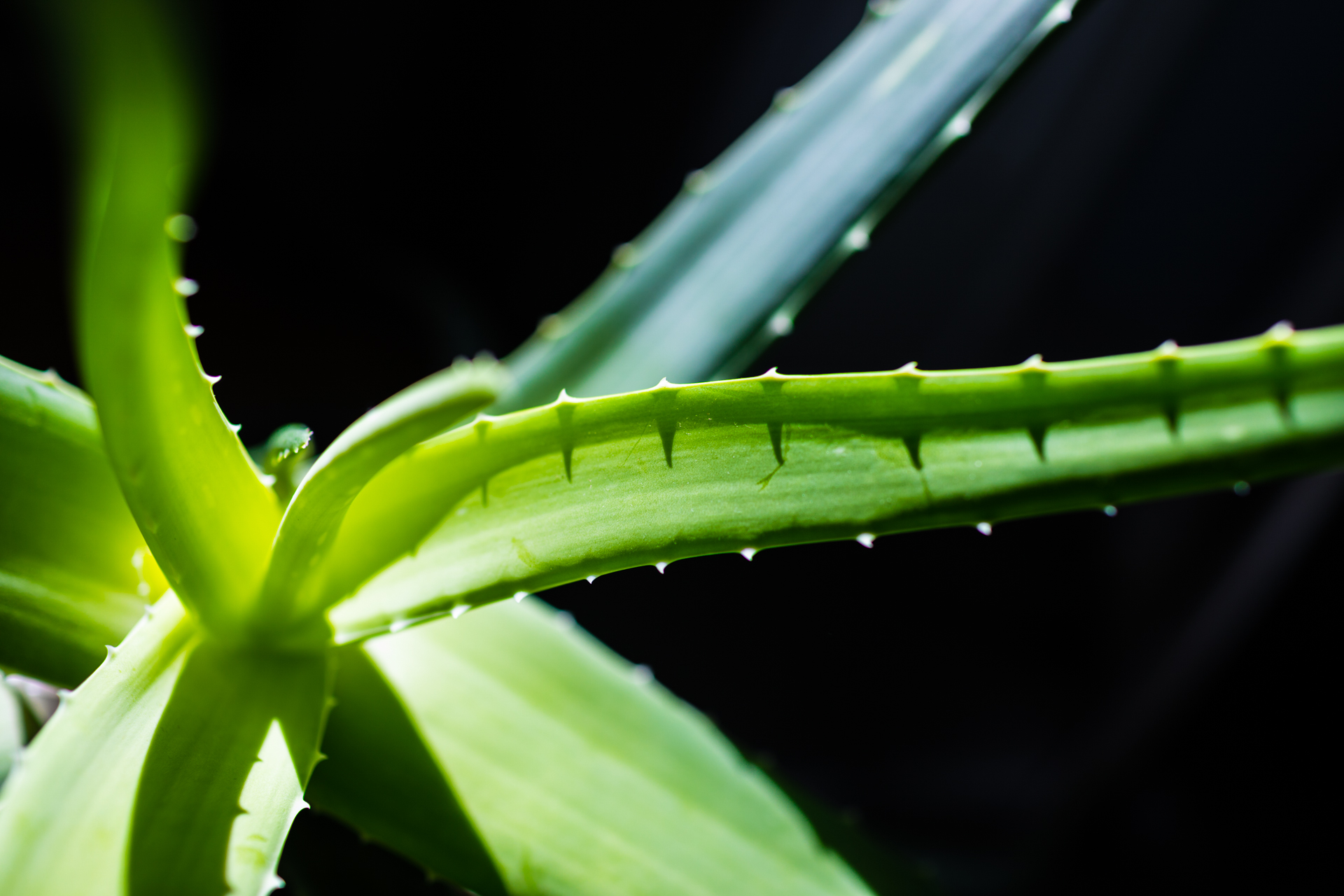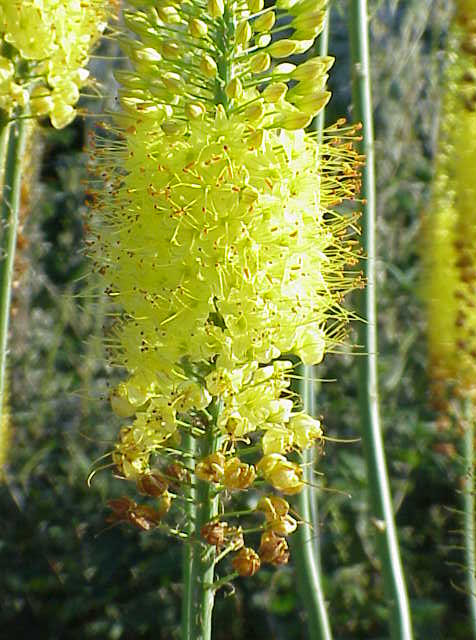|
Aloe
''Aloe'' (; also written ''Aloë'') is a genus containing over 650 species of flowering plant, flowering succulent plant, succulent plants.WFO (2022): Aloe L. Published on the Internet;http://www.worldfloraonline.org/taxon/wfo-4000001341. Accessed on: 06 Nov 2022 The most widely known species is ''Aloe vera'', or "true aloe". It is called this because it is cultivated as the standard source for assorted pharmaceutical purposes. Other species, such as ''Aloe ferox'', are also cultivated or harvested from the wild for similar applications. The APG IV system (2016) places the genus in the family Asphodelaceae, subfamily Asphodeloideae. Within the subfamily it may be placed in the tribe Aloeae.Stevens, P.F. (2001 onwards).Asphodelaceae. ''Angiosperm Phylogeny Website''. Retrieved 2016-06-09. In the past, it has been assigned to the family Aloaceae (now included in the Asphodeloidae) or to a broadly Circumscription (taxonomy), circumscribed family Liliaceae (the lily family). The ... [...More Info...] [...Related Items...] OR: [Wikipedia] [Google] [Baidu] |
Aloe Vera
''Aloe vera'' () is a succulent plant species of the genus ''Aloe''. It is widely distributed, and is considered an invasive species in many world regions. An evergreen perennial plant, perennial, it originates from the Arabian Peninsula, but also grows wild in tropical, semi-tropical, and arid climates around the world. It is cultivated for commercial products, mainly as a topical medication, topical treatment used over centuries. The species is considered attractive for decorative purposes, and is often used indoors as a potted plant. The leaves of ''Aloe vera'' contain significant amounts of the polysaccharide gel acemannan, which can be used for topical purposes. The leaves also contain aloin, which is a toxicity, toxic compound. ''Aloe vera'' products are typically made from the gel. ''Aloe vera'' acemannan may be used in skin lotions, cosmetics, ointments and gels for minor burns, skin Abrasion (medicine), abrasions, insect bites, and windburn. Oral ingestion of aloe ve ... [...More Info...] [...Related Items...] OR: [Wikipedia] [Google] [Baidu] |
Aloeae
Aloeae is a tribe of succulent plants in the subfamily Asphodeloideae of the family Asphodelaceae, consisting of the aloes and their close relatives. The taxon may also be treated as the subfamily Alooideae by those botanists who retain the narrower circumscription of Asphodelaceae adopted prior to the APG III system. Typically, plants have rosettes of more or less succulent leaves, with or without a distinct stem. Their flowers are arranged in racemes and tend to be either small and pale, pollinated by insects, or larger and more brightly coloured, pollinated by birds. , 11 genera are recognized, most created since 2010 by splitting off another five genera from ''Aloe'' and another two from ''Haworthia''. Only two genera, ''Aloe'' and '' Aloidendron'', are native outside southern Africa, extending northwards to the Arabian Peninsula. Seven genera are restricted to South Africa, some with small ranges. Members of the Aloeae are cultivated by succulent plant enthusiasts; ''Aloe'' ... [...More Info...] [...Related Items...] OR: [Wikipedia] [Google] [Baidu] |
Aloe Ferox
''Aloe ferox'', commonly known as bitter aloe, is a species of flowering plant in the family Asphodelaceae. This woody aloe is indigenous to southern Africa. It is one of several ''Aloe'' species used to make bitter aloes, a purgative medication, and also yields a non-bitter gel that can be used in cosmetics. Description ''Aloe ferox'' is a tall, single-stemmed aloe, that can grow to in height. Its leaves are thick and fleshy, arranged in rosettes, and have reddish-brown spines on the margins with smaller spines on the upper and lower surfaces. The leaf surfaces of young plants are covered in spines; however, as they get taller and less vulnerable to grazing, the leaves begin to lose most of their spines except for those along the leaf margins. Plants in the western part of its natural range tend to keep more of their leaf surface spines. Its flowers are a uniform orange or red, and stand between above the leaves, in multi-branched inflorescences. It is a variable species ... [...More Info...] [...Related Items...] OR: [Wikipedia] [Google] [Baidu] |
Aloe Perfoliata
''Aloe perfoliata'', the rubble aloe or mitre aloe, is a hardy creeping aloe, found in rocky, mountainous areas throughout the Western Cape, South Africa. Naming and classification ''Aloe perfoliata'' was formerly known as ''Aloe mitriformis''. The physical appearance of this aloe varies greatly depending on environment, and consequently various sub-populations have previously often been mistaken for being separate species. The South African National Biodiversity Institute now recognizes that these are all members of the same species, ''Aloe perfoliata'', comprising what were previously known as ''Aloe mitriformis'', ''Aloe distans'', ''Aloe comptonii'', ''Aloe albispina'' and ''Aloe flavispina'' among others. This species is the most widespread of a group of closely related "Creeping Aloes" (''Aloe ser. Mitriformes, Mitriformes''), including the cliff-hanging aloes ''A. meyeri'' and ''A. dabenorisana''(stemless), as well as spotted ''Aloe arenicola'' of the South African west c ... [...More Info...] [...Related Items...] OR: [Wikipedia] [Google] [Baidu] |
Aloe Arborescens
''Aloe arborescens'', the krantz aloe or candelabra aloe, is a species of flowering succulent perennial plant that belongs to the genus ''Aloe'', which it shares with the well known and studied ''Aloe vera''. The specific epithet ''arborescens'' means "tree-like". ''Aloe arborescens'' is valued by gardeners for its succulent green leaves, large vibrantly-colored flowers, winter blooming, and attraction for birds, bees, and butterflies. Description ''Aloe arborescens'' is a large, multi-headed, sprawling succulent, and its specific name indicates that it sometimes reaches tree size. A typical height for this species is high. Its leaves are succulent and are green with a slight blue tint. Its leaves have small spikes along its edges and are arranged in rosettes situated at the end of branches. Flowers are arranged in a type of inflorescence called a raceme. The racemes are not branched but two to several can sprout from each rosette. Flowers are cylindrical in shape and are a vib ... [...More Info...] [...Related Items...] OR: [Wikipedia] [Google] [Baidu] |
Asphodelaceae
Asphodelaceae is a family of flowering plants in the order Asparagales. Such a family has been recognized by most taxonomists, but the circumscription has varied widely. In its current circumscription in the APG IV system, it includes about 40 genera and 900 known species. The type genus is '' Asphodelus''. The family has a wide, but scattered, distribution throughout the tropics and temperate zones; for example, ''Xanthorrhoea'' is endemic to Australia, while the '' Aloes'' are unique to Africa and parts of the Arabian Peninsula. Many of the family's genera are cultivated as ornamentals, with some being highly collectible and sought-after, such as ''Haworthia'' and '' Gasteria'', as well as their intergeneric hybrids with ''Aloe'' ('' x Gasteraloe'', x ''Gastorthia'', x ''Haworthaloe'', etc.), while a few are grown commercially for cut flowers. Two species of ''Aloe'', '' A. vera'' and '' A. maculata'', are grown for their leaf sap, which contains digestive enzymes, an ... [...More Info...] [...Related Items...] OR: [Wikipedia] [Google] [Baidu] |
Asphodeloideae
Asphodeloideae is a subfamily of the monocot family Asphodelaceae in the order Asparagales. It has previously been treated as a separate family, Asphodelaceae ''sensu stricto''. The family Asphodelaceae has now been proposed to be a nomen conservandum, and the proposal has been recommended for ratification in 2017. In that case, Asphodelaceae will have priority over Xanthorrhoeaceae. This is reflected in the APG IV family lists. The subfamily name is derived from the generic name of the type genus, ''Asphodelus''. Members of this group can be found growing native in coastal Southern Africa, Central and Western Europe, the Mediterranean basin, Central Asia and Australia; one genus, '' Bulbinella'', can additionally be found growing in New Zealand. The greatest diversity occurs in South Africa. Several genera, notably ''Aloe'', ''Asphodelus'', ''Gasteria'', ''Haworthia'' and '' Kniphofia'' are perhaps the best known of the family due to their use among plant collectors, botanis ... [...More Info...] [...Related Items...] OR: [Wikipedia] [Google] [Baidu] |
Succulent Plant
In botany, succulent plants, also known as succulents, are plants with parts that are thickened, fleshy, and engorged, usually to retain water in arid climates or soil conditions. The word ''succulent'' comes from the Latin word ''sucus'', meaning "juice" or "sap". Succulents may store water in various structures, such as leaf, leaves and Plant stem, stems. The water content of some succulent organs can get up to 90–95%, such as ''Glottiphyllum semicyllindricum'' and ''Mesembryanthemum barkleyii''. Some definitions also include roots, thus geophytes that survive unfavorable periods by dying back to underground storage organs (caudex) may be regarded as succulents. The habitats of these water-preserving plants are often in areas with high temperatures and low rainfall, such as deserts, but succulents may be found even in Alpine climate, alpine ecosystems growing in rocky or sandy soil. Succulents are characterized by their ability to thrive on limited water sources, such as mist ... [...More Info...] [...Related Items...] OR: [Wikipedia] [Google] [Baidu] |
Agave Americana
''Agave americana'', commonly known as the century plant, maguey, or American aloe, is a flowering plant species belonging to the family Asparagaceae. It is native to Mexico and the United States, specifically Texas. This plant is widely cultivated worldwide for its ornamental value and has become naturalized in various regions, including Southern California, the West Indies, South America, the Mediterranean Basin, Africa, the Canary Islands, India, China, Thailand, and Australia. Despite being called "American aloe" in common parlance, ''Agave americana'' is not a member of the same family as ''Aloe'', although it falls under the same order, Asparagales. Description The common name "century plant" stems from its monocarpic nature of flowering only once at the end of its long life. After flowering, the plant dies but produces adventitious shoots from the base, allowing its growth to continue. Although it is called the century plant, it typically lives only 10 to 30 years. ... [...More Info...] [...Related Items...] OR: [Wikipedia] [Google] [Baidu] |
Asparagaceae
Asparagaceae (), known as the asparagus family, is a family of flowering plants, placed in the order Asparagales of the monocots. The family name is based on the edible garden asparagus, '' Asparagus officinalis''. This family includes both common garden plants as well as common houseplants. The garden plants include asparagus, yucca, bluebell, lily of the valley, and hosta, and the houseplants include snake plant, corn cane, spider plant, and plumosus fern. The Asparagaceae is a morphologically heterogenous family with the included species varying widely in their appearance and growth form. It has a cosmopolitan distribution, with genera and species contained in the family native to all continents except Antarctica. Taxonomy Early taxonomy The plant family Asparagaceae was first named, described, and published in Genera Plantarum in 1789 by the French botanist Antoine Laurent de Jussieu, who is particularly noted for his work in developing the concept of pl ... [...More Info...] [...Related Items...] OR: [Wikipedia] [Google] [Baidu] |





